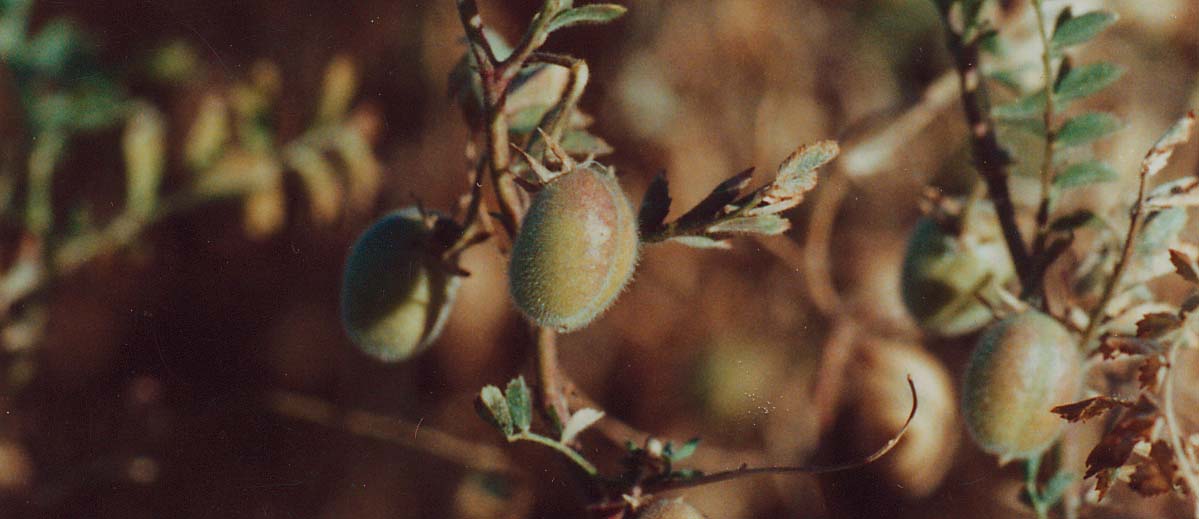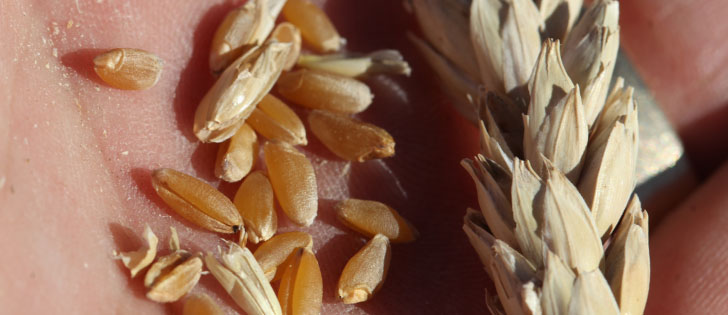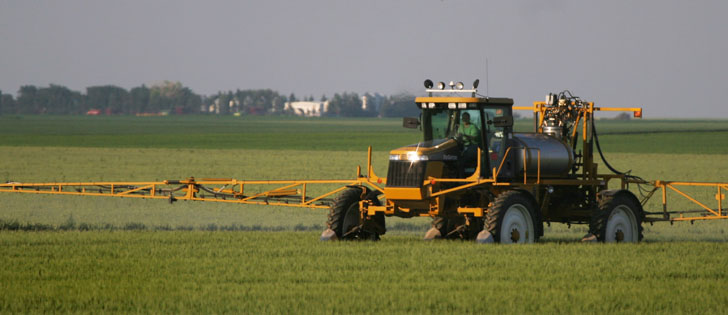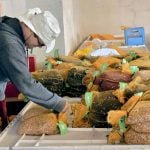Alberta
South
n Harvest of pulse crops and fall-seeded crops in full swing, with 75 percent of winter cereals harvested.
n Peas and lentils 40 percent complete.
n Canola swathing has started but agronomists report much has been cut too early and high green seed counts are expected.
Read Also

More factors affecting winter weather
When you combine a weak La Niña, early Siberian snow, and a warm northern Pacific, it’s easy to see why long-range winter forecasting is so complex.
n Pasture fair to good.
n Winter wheat seeding has started.
Central
n Warm dry conditions aiding crop development.
n Winter cereal harvest is 50 percent complete.
n Peas and lentils are being desiccated with some early crops harvested. Yields are below the five year average.
n Canola swathing underway with highly variable crops.
n Hay shortages and poor pastures a serious concern.
Northwest
n Canola remains green, some swathing underway.
n Fall cereals are 70 percent harvested.
n Severe grasshopper damage to forages.
n Peas being desiccated.
n Glyphosate being applied to spring cereals.
Northeast
n Frost caused little damage.
n Drought effects on western crops are hastening otherwise late maturity, while eastern crops are delayed.
n Canola and pea swathing underway.
n Fall cereals 60 percent harvested.
Peace and B.C.
n Frost has damaged late crops.
n Heat and warm nights since last week’s frost have allowed crops to mature. Canola swathing has begun.
n Pastures remain poor to fair.
Saskatchewan
Southwest
n Heat has allowed harvest of desiccated pea and lentil crops.
n 75 percent of fall-seeded crops are harvested.
n More than half of peas, lentils and chickpeas have been harvested.
n Glyphosate being applied to spring cereals.
n Swathing of canola has started where moisture limited growth. Most will start in the next week.
n Durum and barley expected to be ready later this week.
Southeast
n Swathing of peas, barley and canola underway.
n Threshing of winter cereals 50 percent complete, 20 percent of spring pulses.
n Flooding of cropland at Kisbey and Moosomin.
West-central
n Thirty percent of fall cereals in the bin.
n Seventy percent of peas are expected to grade No. 1.
n Some canola still blooming, most podding.
n Grasshoppers and wind-related crop lodging in cereals and canola.
East-central
n Many are swathing to even out crop development.
n Winter cereal harvest almost 30 percent complete.
n Canola variable, with swathing underway.
n Desiccation of pulses and glyph-osate spraying of wheat underway.
Northwest
n Fall cereals being cut and some combining taking place.
n Canola cutting expected to start in about a week.
n Crop condition is good, but delayed by two weeks.
n Wind has caused lodging in some heavier cereal crops.
Northeast
n Swathing has yet to start in spring crops.
n Some fall rye and winter wheat sprouting in the swaths.
n Crops two weeks behind.
n Wind-related crop lodging a serious problem in cereals.
Manitoba
Southwest
n Average to above average winter cereal yields.
n Pea harvest 70 percent complete.
n Canola cutting south of Trans-Canada highway should be complete by week’s end.
Central and Red River Valley
n Winter cereal harvest complete.
n Spring wheat swathing started at Ste. Rose.
n Barley harvest yields in the 80 bu. per acre range.
n Canola swathing started, but challenged by sclerotinia infections.
n White mould in edible beans and soybeans.
Interlake
n Rain delayed early harvest efforts. Mud remains a problem.
n Winter wheat yields from first crops at 70 to 80 bu.
n Spring wheat glyphosate applications underway.
n Canola swathing started in the south.
n Hay supplies short on the east side.
Northwest
n Winter wheat harvest 60 to 70 percent complete.
n Spring wheat swathing started. Straight combining may begin by week’s end.
n Droughty near Swan River.
n Above average silage yields.
Crop conditions at Aug. 31.














